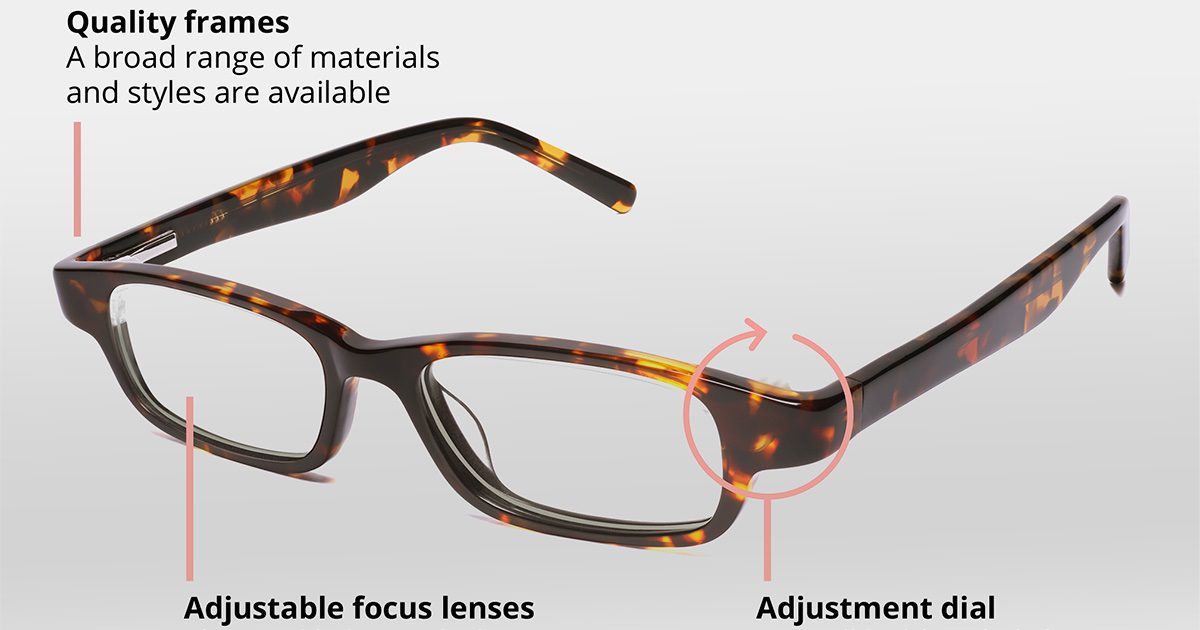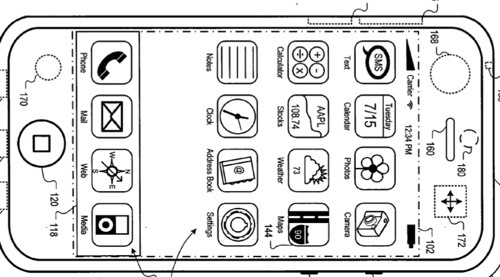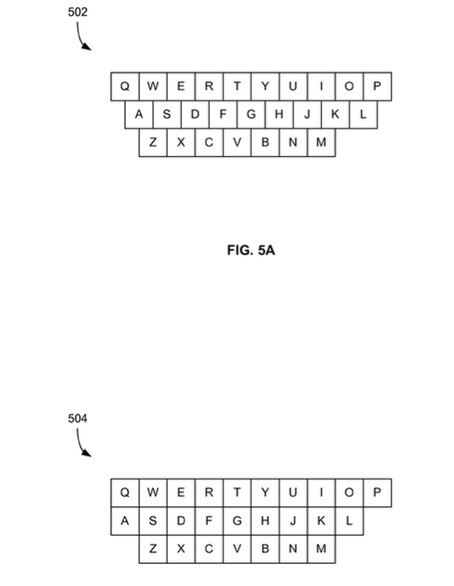This is my (mostly) weekly column in which I discuss whatever’s on my mind Sometimes it will have nothing to do with Apple. This week it does.
I’ve said before that I wish Apple would release “smart glasses” along with the rumored “Apple Glasses,” an augmented reality/virtual reality headset.
How about smart glasses for folks like me with mild vision problems that would automatically adjust to what you’re eyes are focusing on? In other words, they’d automatically adjust for near vision when reading, intermediate vision when working on a computer, and distance vision when looking at things, well, in the distance.
Such technology already exists in its infancy in the form of “Superfocus lens,” which mimic the function of a youthful eye, Kurtin said. A lens in the front part of the frame adjusts to correct myopia, or nearsightedness. A lens in the back has two surfaces, a rigid and flexible one, separated by a clear fluid. To correct close up vision, you move a slider along the frame’s bridge to push around the fluid and alter the shape of the lens.
I’d love to see Apple take it a step further with “iGlasses” that detect what your eyes are focusing on and adjusting accordingly. After all, the tech giant has been granted numerous patents for “gaze technology.”
What’s more, a company called Imagistar has filed for a patent (number 20220262219) for”eye glasses with individual user awareness” that also hints at some features I’d love to see in iGlasses or Apple Glasses.
If realized, Imagistar’s enhanced eyeglasses could record user activity and help find missing objects. Think of the latter as Air Tag functionality building into an eyeglasses frame.
Summary of the patent filing
Here’s the abstract with some technical details regarding the patent filing: “A portable item reporting device (PIRD) is configured to detect an individual person’s use of conventional consumer eyeglasses. A PIRD includes a microprocessor, memory, one or more environmental detectors (such as optical detectors, motion detectors, cameras, and location detectors, as well as timer elements and possibly calendar elements.
“With the integrated electronics, the eyeglasses with PIRD may self-identify contexts in which the glasses may be lost, stolen, or misplaced. The eyeglasses with PIRD may also identify when the glasses have been covered over with papers or other objects (such as when set down on a desk), so that the owner of glasses may be at risk of losing or forgetting the glasses. A camera of the glasses may also maintain an ongoing record of user activity when the user is wearing the glasses. The record may aid the user in later identifying other personal items which the user set down and forgot to pick up again.”
Help a buddy out
If you’d like to help support AWT (and make my life easier), consider becoming a patron. We offer at least three patron-exclusive posts each week. You can start at only $2 per month (though $5/month gets you the exclusives).
Have a great weekend.
Article provided with permission from AppleWorld.Today




